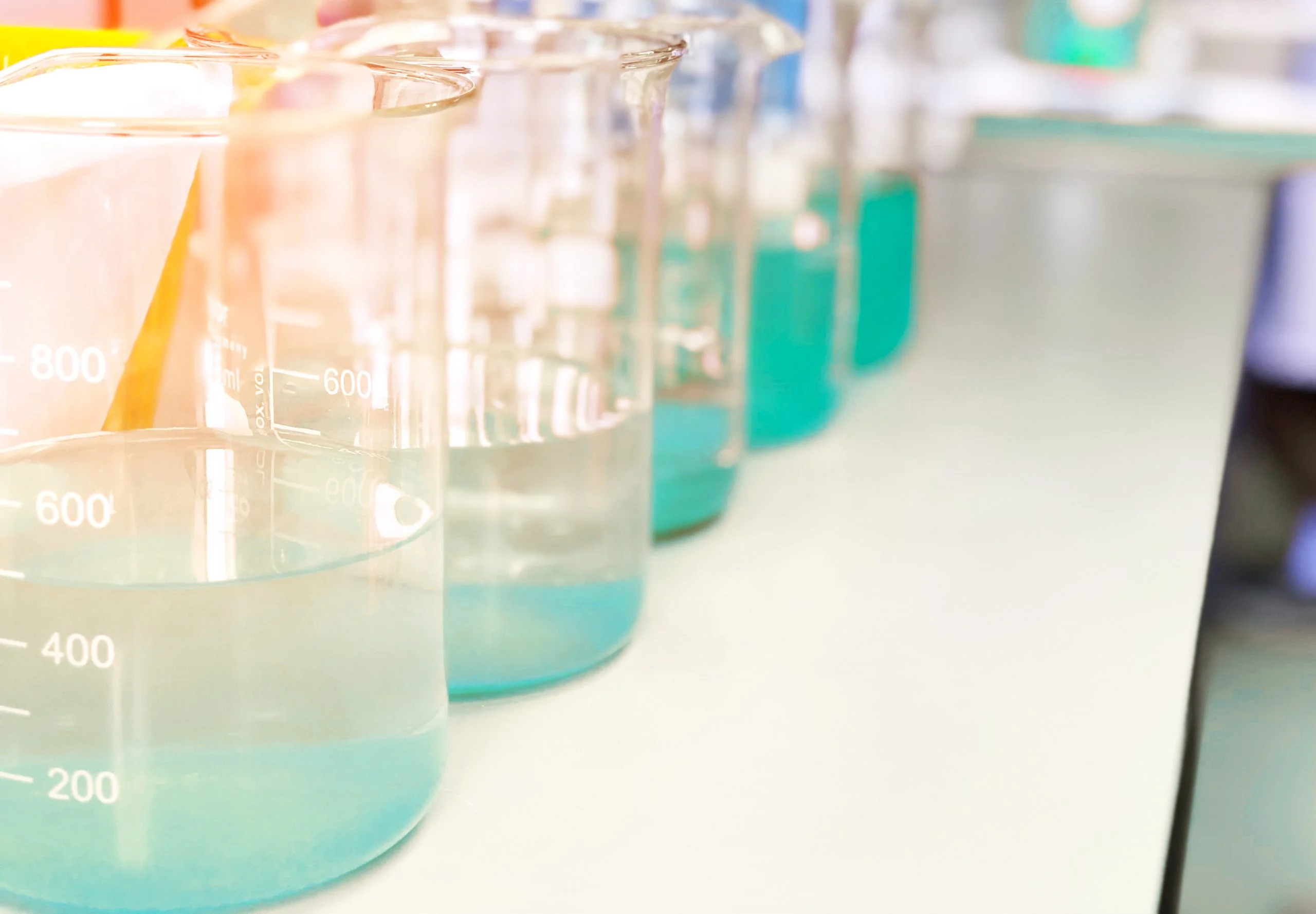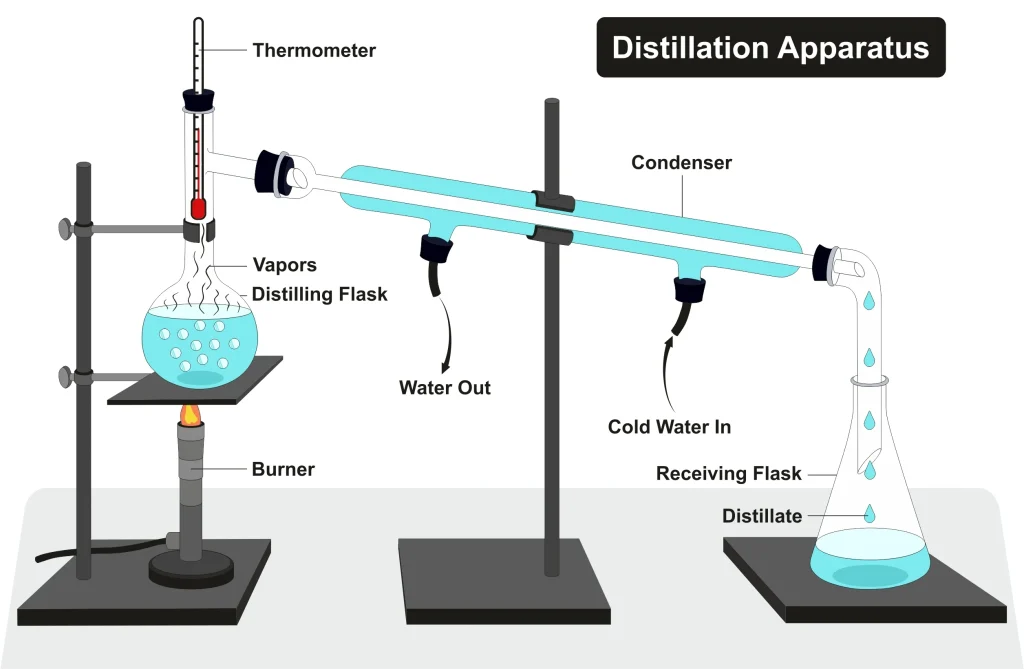Have you ever wondered what makes your tap water safe to drink? There’s a special chemical working behind the scenes to purify the water you use every day.
This chemical removes harmful particles and keeps your water clean and fresh. Understanding how it works can help you appreciate the simple science that protects your health. Keep reading to discover the powerful chemical that makes pure water possible—and why it matters to you and your family.
Role Of Chemicals In Water Purification
Chemicals play a key role in cleaning water. They help remove dirt, germs, and harmful substances.
Using the right chemicals makes water safe to drink and use for daily activities.
Importance Of Water Treatment
Water treatment removes pollutants and kills bacteria. This stops diseases from spreading.
Clean water protects health and supports farming and industries. It also helps the environment.
Common Types Of Purification Chemicals
Many chemicals are used to clean water. Each one has a special job in purification.
- Chlorine:Kills germs and bacteria in water.
- Alum (Aluminum sulfate):Helps dirt and particles stick together to settle out.
- Fluoride:Adds minerals to protect teeth.
- Ozone:Destroys bad smells and harmful microbes.
- Activated carbon:Removes bad taste, smell, and chemicals.
Key Chemical Agents For Water Purification
Chemicals help clean water by removing germs and dirt. They make water safe to drink and use.
Different chemicals work in different ways. Some kill bacteria, others clear particles or improve taste.
Chlorine And Its Uses
Chlorine is a common chemical for killing germs in water. It destroys bacteria and viruses quickly.
Water plants add chlorine to water to keep it safe during storage and travel. It also removes bad smells.
Aluminum Sulfate (alum)
Alum helps clean water by making small particles stick together. This makes it easier to remove dirt.
After adding alum, particles form clumps that settle at the bottom. This process is called coagulation.
- Removes suspended solids
- Improves water clarity
- Used before filtration
Ozone Treatment
Ozone is a strong chemical that kills germs in water fast. It breaks down harmful substances.
Ozone does not leave bad taste or smell in water. It is made on site because it breaks down quickly.
Activated Carbon
Activated carbon removes bad tastes, smells, and chemicals from water. It works like a sponge.
This carbon traps impurities in its tiny holes. It helps improve water quality after other treatments.
- Removes chlorine and odors
- Reduces harmful chemicals
- Improves water taste
How Chemicals Improve Water Quality
Chemicals help make water safe and clean for drinking and other uses. They remove harmful substances and kill germs.
Water treatment plants use special chemicals to improve water quality. These chemicals work in different ways to purify the water.
Removing Contaminants And Pathogens
Chemicals remove dirt, harmful metals, and germs from water. They bind with these pollutants and separate them from the water.
Pathogens like bacteria and viruses cause diseases. Chemicals help to kill or remove these dangerous organisms.
- Bind with particles to remove them
- Neutralize harmful metals
- Destroy disease-causing germs
Coagulation And Flocculation Processes
Coagulation adds chemicals that make small particles stick together. This forms bigger clumps called flocs.
Flocculation gently mixes water to grow these clumps. Large flocs settle down, making water clearer.
- Coagulation uses chemicals like alum or iron salts
- Flocculation mixes water slowly to form flocs
- Flocs trap dirt and impurities
- Settling removes flocs from water
Disinfection Mechanisms
Disinfection kills germs in water. Chemicals like chlorine or ozone are common disinfectants.
These chemicals destroy bacteria and viruses. They stop germs from spreading diseases through water.
- Chlorine kills many types of germs
- Ozone is a strong disinfectant without chemical residues
- Disinfection protects public health
- Some chemicals leave a disinfectant taste or smell

Credit: trueprepper.com
Selecting The Right Chemical For Treatment
Choosing the correct chemical is important to clean water properly. Different chemicals work best for different water types and problems.
Using the right chemical helps remove harmful substances and makes water safe for use. It also helps keep the process cost-effective and efficient.
Factors Influencing Chemical Choice
Water quality varies in different places. Chemicals must match the water’s needs to work well. Factors like the type of pollutants and water pH affect the choice.
Other factors include the dosage needed, treatment speed, and cost. Some chemicals work faster but cost more. Some need less amount but take longer.
- Type of pollutants in the water
- Water pH and temperature
- Required treatment speed
- Cost and availability of chemicals
- Compatibility with other treatment processes
Safety And Environmental Considerations
Chemicals used must be safe for people and animals. They should not create harmful byproducts or pollution. Proper handling is very important.
Many chemicals can harm the environment if not used carefully. Choosing biodegradable or less toxic chemicals helps protect nature. Workers must use protective gear to avoid injuries.
- Use chemicals with low toxicity
- Check for safe disposal methods
- Wear protective equipment during use
- Follow guidelines for chemical storage
- Monitor treated water for harmful residues
Innovations In Water Purification Chemicals
Chemicals help clean water by removing harmful substances. New ideas make these chemicals safer and better.
Scientists work to find water treatment chemicals that protect health and the environment. These improvements help provide clean water worldwide.
Eco-friendly Alternatives
Traditional chemicals can harm nature and living things. Eco-friendly options use natural ingredients that break down easily.
These alternatives reduce pollution and keep water safe for animals and people. They also lower the risk of chemical build-up.
- Plant-based coagulants replace synthetic ones
- Biodegradable disinfectants prevent harmful residues
- Natural minerals improve water clarity without toxins
Advancements In Chemical Formulations
Scientists create new chemical mixes that work faster and use less. These formulas target more pollutants effectively.
Improved chemicals reduce the amount needed, cutting costs and waste. Some formulas also work well in tough water conditions.
- Advanced coagulants remove smaller particles
- Enhanced disinfectants kill more germs quickly
- Formulas designed for hard and salty water

Credit: www.chemicals.co.uk
Challenges And Future Directions
Chemicals help clean water by removing dirt and germs. Using these chemicals is not always easy or safe.
We need to find better ways to use these chemicals without harming people or nature.
Addressing Chemical Residues
Chemicals can leave tiny amounts in the water after cleaning. These residues may cause health risks over time.
Researchers work on reducing these leftover chemicals to make water safer to drink.
- Using safer chemicals that break down quickly
- Improving water treatment processes to remove residues
- Testing water regularly for chemical traces
Improving Efficiency And Accessibility
Some chemicals clean water well but cost too much or need special tools. This limits their use in poor areas.
Scientists want to make water cleaning cheaper and easier for everyone to use, even in remote places.
- Developing low-cost chemical options
- Creating simple devices for water purification
- Training communities to use chemicals safely

Credit: trueprepper.com
Frequently Asked Questions
What Chemical Is Commonly Used For Water Purification?
Chlorine is the most commonly used chemical for water purification. It effectively kills bacteria and viruses. Chlorine is cost-effective and easy to use. It ensures the water is safe for drinking. However, it should be used in the correct dosage to avoid harmful effects.
How Does Chlorine Purify Water?
Chlorine purifies water by killing harmful microorganisms. It penetrates cell walls and disrupts enzyme functions. This process destroys bacteria, viruses, and pathogens. Chlorine is effective and reliable for water treatment. It also prevents the growth of algae and other contaminants.
Is Chlorine Safe For Drinking Water?
Yes, chlorine is safe for drinking water when used correctly. It is a widely accepted method for water disinfection. Regulatory agencies monitor and control chlorine levels. Proper dosage ensures safety and effectiveness. Overuse or underuse can lead to health issues or ineffective purification.
Can Chlorine Remove All Impurities From Water?
Chlorine effectively kills microorganisms but does not remove all impurities. It doesn’t eliminate heavy metals or chemical pollutants. Additional filtration methods might be necessary for comprehensive purification. Combining chlorine with other treatments can ensure cleaner water. It’s crucial to assess water quality for other contaminants.
Conclusion
Using chemicals for water purification helps remove harmful substances fast. This process makes water safer for drinking and daily use. People rely on these chemicals to kill germs and clear dirt. Clean water supports good health and prevents diseases. Choosing the right chemical is important for safety and effectiveness.
Simple steps can protect families and communities. Safe water means a better life for everyone. Keep learning about how to keep water clean and pure.

